Apricot is a fruit that really preserves well. Preserving apricots concentrates those flavours that are aromatic and hard to find in all but the ripest and freshest fruits.
I find apricots sold in supermarkets are very lacking in flavour, they are usually underripe and don’t do justice to the way a fully ripe apricot should taste. By preserving apricots you can get them when they are in peak condition and save that flavour and aroma much further into the year.
There are a number of ways to preserve apricots that really do them justice and even elevate their flavours.
Table of Contents
Best Preserving Methods For Apricots
- Canning: Syrup, Jam, jelly, curd, butter
- Drying: Dehydrated, fruit rollups
- Frozen
- Candied
- Unusual Method: Fermented
Buying & Storing Apricots
It is best to buy apricots when they are in season and from local growers where possible. This means that you are getting the freshest and also ripest apricots.
If you buy apricots out of season they are usually shipped a long way and when you come to buy them they are underripe and less flavorful.
Ripening Apricots At Home
Apricots continue to ripen once they are picked so you can ripen them at home after purchase. Keep underripe apricots at room temperature, out of direct sunlight. Some people suggest keeping them in a paper bag to ripen.
Once they ripen so the flesh feels soft but before the skins wrinkle, move them to the fridge to store before using. You should use ripe apricots as soon as possible.
Preparing Apricots
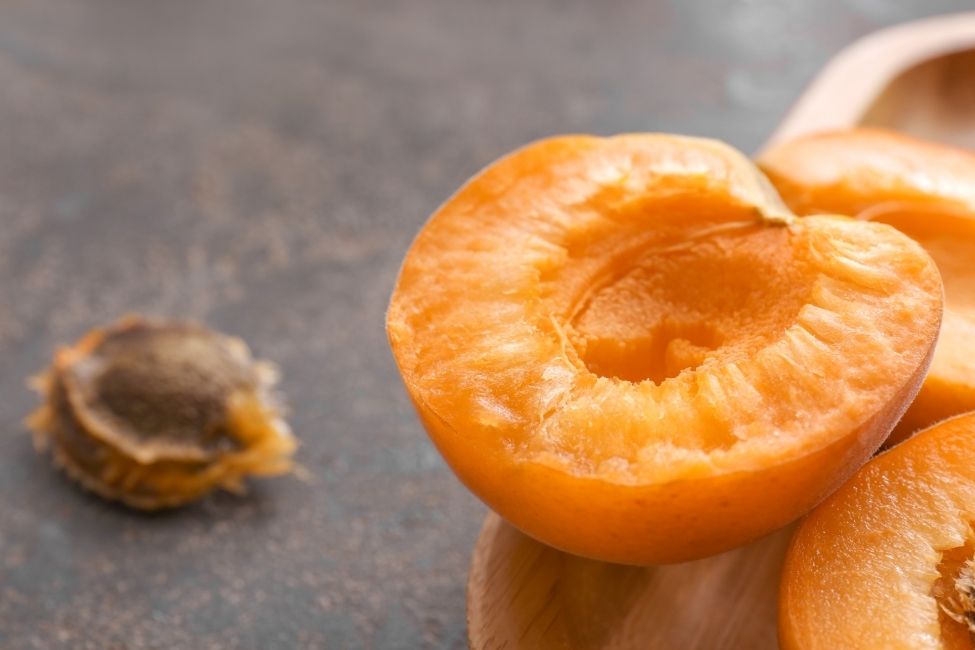
If you plan to preserve the apricots in light syrup or need to remove the skins then you will want to prepare them first.
Give the apricots a good rinse and dry. Remove any damaged fruit or bruised parts before continuing.
If you want to remove the apricots skin then blanch them in boiling water for 30 – 45 seconds. Remove and immerse in cold water immediately. The skins should then be fairly easy to slip off with your fingers.
Slice the peaches in half lengthwise and remove the stone.
Preserving Apricots In A Light Syrup
Canning Apricot halves is a great way to preserve apricots as a whole fruit. Preparing a syrup and then canning in a hot water bath is all that is required.
Preparing A Light Syrup
Mix together 250ml / 1 cup granulated sugar with 1 litre / 4 cups of water in a heavy-based pan. Place on the heat, stirring until the sugar is completely dissolved and bring to a gentle simmer.
This will make 1.125 litres / 41/2 cups of light syrup which is enough for around 8 x 500ml / 1-pint jars packed with apricots.
Canning Apricots In Syrup
Prepare a hot water bath and bring to a boil. Scald canning jars in the water bath and remove when ready to pack the jars with apricots.
In a large pan heat the light syrup to a simmer, add the prepared apricot halves and return to a boil for one minute.
Ladle the hot apricot halves into the hot jars, use a canning funnel to make the process easier.
Wipe the rims of the jars, add the lids and bands and turn until only just tight. Process the jars submerged by at least an inch of water in the hot water bath for 20 minutes (if using litre or quart jars add 5 minutes). Start a timer once the water bath is boiling.
Once the jars have processed for the allocated time remove the water bath from the heat and allow to stand for 5 minutes before lifting the jars. Allow to cool and check seals before storing in a cool, dark place.
Apricot Jam
Apricots make great jam and it is a classic jam for brushing on pastries and bread such as hot cross buns and danishes.
Apricots are slightly lower in pectin so will need help from either store-bought or homemade pectin. Never the less it is well worth making an apricot preserve like a jam where you can add complementary herbs and spices that really boost the flavour and fragrance of apricots.
The good thing about the apricot jam recipe below which can apply to any fruit is that the preserves will be shelf-stable for a year stored in a cool dark place.
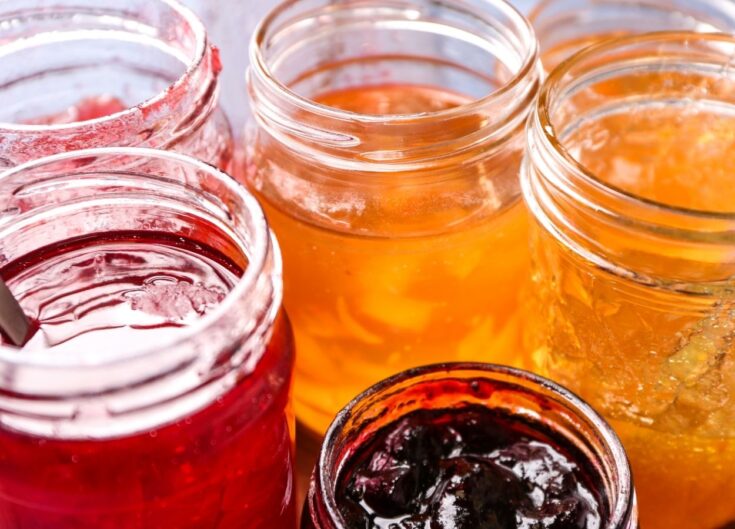
Make Jam From Any Fruit - Fruit Preserve
A master recipe for creating preserves from any fruit.
Ingredients
- 1200g Fruit
- 600g Sugar
- Juice of a Lemon
- A small bunch of herbs, spice or zest of your choice (optional)
- Pectin (powdered or liquid)
Instructions
- Pick through the fruit, remove any bruised or damaged parts and give the fruit a good rinse. Cut the fruit into bite-size pieces and place into a large bowl.
- Stir the sugar into the fruit along with the lemon juice and add the herbs and spices if using. Cover the bowl and leave the fruit at room temperature to macerate in the sugar for a few hours or overnight.
- After macerating remove the herbs and any whole spices. Place the fruit in a colander over a large heavy-bottomed pan or preserving pan. All the juice to drain into the pan for around 20 minutes and reserve the fruit in the colander in the bowl used for macerating.
- Prepare a hot water bath and lower in 4 x half-pint jars.
- Place the pan with the fruit juice on the heat and bring to a boil. Boil for around 10 minutes till the temperature reaches 104°C / 220°F or the foam on the syrup clears,
- Add the fruit, pectin, according to the package instructions and any remaining syrup that as drained off to the boiling syrup in the pan. Bring to a boil and continue until the jam reaches the setting point at 105°C / 221°F at this point the foam will rise up the pan and will be difficult to stir down.
- Do a wrinkle test by spooning the jam onto a chilled plate from the freezer, see these instructions. If the jam has not yet gelled return to a boil for a further 5 minutes and repeat.
- Remove the jars from the hot water bath with tongs and ladle the jam into the still-hot jars, leaving a 1/2 inch headspace, wipe the rims and cover with the lids and bands.
- Process the jars in the hot water bath for 10 minutes after reaching a boil. After 10 minutes remove from the heat and leave the jam for 5 minutes before lifting out with tongs. Allow to cool completely before testing the seals and storing.
Notes
Keep the preserves in a cool, dark place for up to a year. Once opened keep in the fridge.
Recipe adapted from Mrs. Wheelbarrow's Practical Pantry
Recommended Products
As an Amazon Associate and member of other affiliate programs, I earn from qualifying purchases.
Nutrition Information:
Yield:
20Serving Size:
1Amount Per Serving: Calories: 161Total Fat: 0gSaturated Fat: 0gTrans Fat: 0gUnsaturated Fat: 0gCholesterol: 0mgSodium: 6mgCarbohydrates: 42gFiber: 1gSugar: 36gProtein: 1g
Freezing Apricots
If you want to keep the fruit as it is then freezing is another option.
To freeze apricots whole it is recommended to blanch in boiling water for 30 seconds before cooling in cold water to remove the skin which should easily peel off with your fingers. The skins can become tough if frozen whilst still on.
Halve and pit the apricots before packing in vacuum bags if possible and sealing. If you don’t have a vacuum sealer place in an airtight food bag.
Apricots can oxidise which causes them to go brown. If you want to prevent this discolouration you will need to dip them in a solution of water and ascorbic acid. (vitamin C) The solution needs to be 3g of ascorbic acid per 4 litres / 1 gallon of water
Frozen Apricot Puree
If your apricots are overripe and soft then puree them in a blender or with a stick blender after removing the stone and then freeze in ice cube trays. The apricot puree can be added to smoothies, used in glazes, marinade or mixed with sugar to make a compote to spoon over ice cream.
Apricot Fruit Leather / Roll-Ups
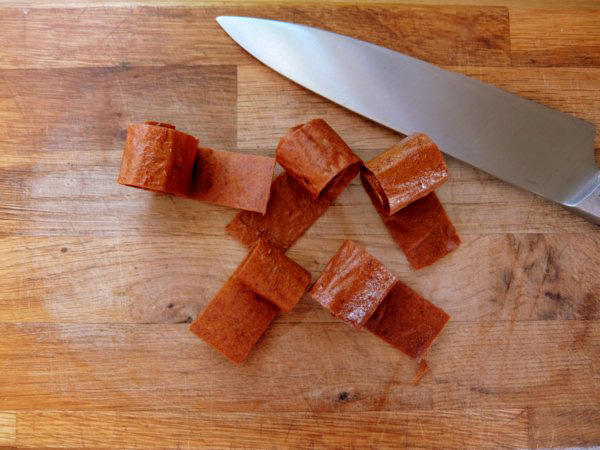
Dehydrating apricots is another option to preserve them. Dried apricots are commonly available from supermarkets everywhere so a slightly different preparation is to make fruit roll-up or fruit leather.
To make apricot leather you will need to remove the apricot pits but the skin can be left on. The apricots can be quartered and heated in a pan to make a puree. The resulting puree can then be dried on parchment-lined sheets in a fan oven set to the lowest temperature. The process will take around 6 – 8 hours depending on the temperature.
This recipe for nectarine leather will describe the process in more detail and the exact principles can be applied to apricots.
Candied Apricots
To make candied apricots is a little bit of a process but completely worth it. It will enable you to preserve and eat apricots in the middle of winter right through to the following year.
Candied apricots may not be the healthiest but as a sweet treat there is nothing quite like them.
Candying any fruit is a process that combines drying and preserving with sugar at the same time. The water content of the apricots is removed and replaced with sugar syrup creating an apricot candy that is absolutely delicious.
Candied Apricot Ingredients
- 1.4kg Apricots
- 3 tbsp Ginger (fresh)
- 150g Sugar
- 180g Honey
- 150ml Water
Method
Cut the apricots into quarters and remove the stones. You can leave the skins on or remove them, it is up to you.
Put the apricot segments in a wide, rimmed tray or dish in a single layer and sprinkle the sugar all over. Cover, place in the fridge and leave for 24 hours.
After 24 hours a lot of juice will have pooled in the tray, strain this off and reserve the liquid.
Next we need to dehydrate the apricots. In either a dehydrator or in the oven place the apricots in a single layer on racks. Dry the apricots at 60°C / 135°F for 6 hours rotating the trays if drying in the oven to ensure even drying.
After 6 hours the apricots will be semi-dry or nearly dry. In a heavy-based pan add the reserved apricot syrup, honey and water and the peeled, sliced ginger in a muslin bag. Bring to a simmer and reduce by around half and then remove the ginger.
Add the dried apricots and continue to simmer until nearly all of the sugar syrup has been absorbed into the apricots. The liquid will thicken considerably.
Once the syrup is nearly all gone, remove the apricots from the pan and place back on racks, spread apart in the dehydrator or oven. Dry at 60°C / 135°F until the apricots are dry and hard.
The candied apricots can now be stored in a cool, dark place in an airtight container. They should last for 6 months or upto a year if you don’t eat them all at once!
Lacto Fermented Apricots
This last method for preserving apricots is a little unusual and definitely provides a real zing of flavour.
Fermenting vegetables is pretty common but fruit on the other hand is more unusual. Fermenting apricots requires them to be lightly salted and then left at room temperature for lactic-acid bacteria to slowly convert the sugars in the apricots into acid.
A similar method of fermenting plums is more common in Japan. Instead of plums try fermenting apricots, I have a guide here that will give you all the directions you need, just swap out the plums for apricots.
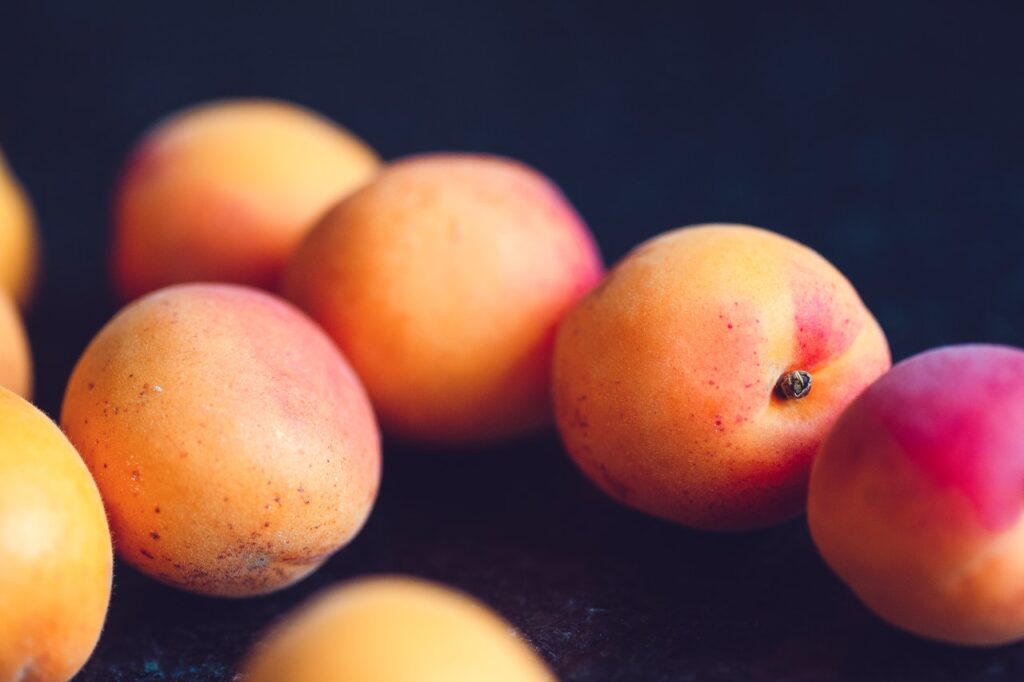


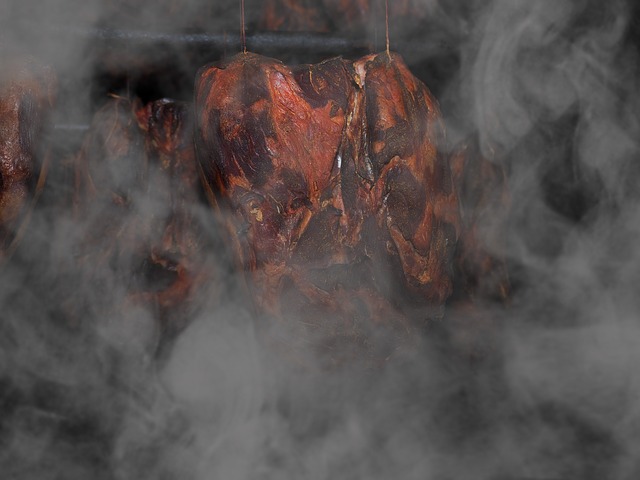
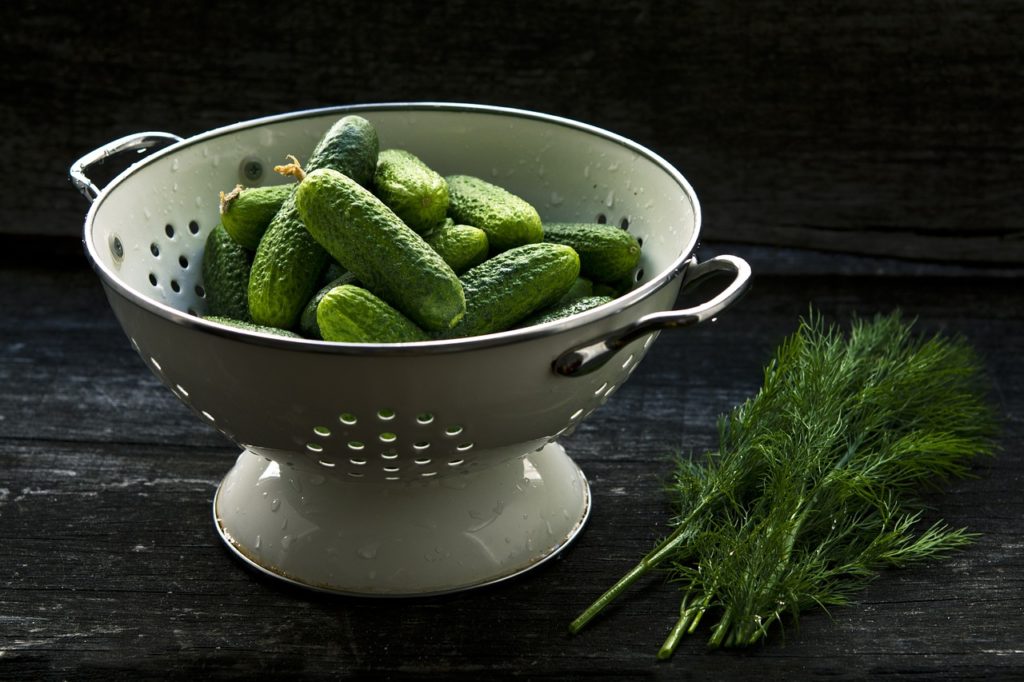
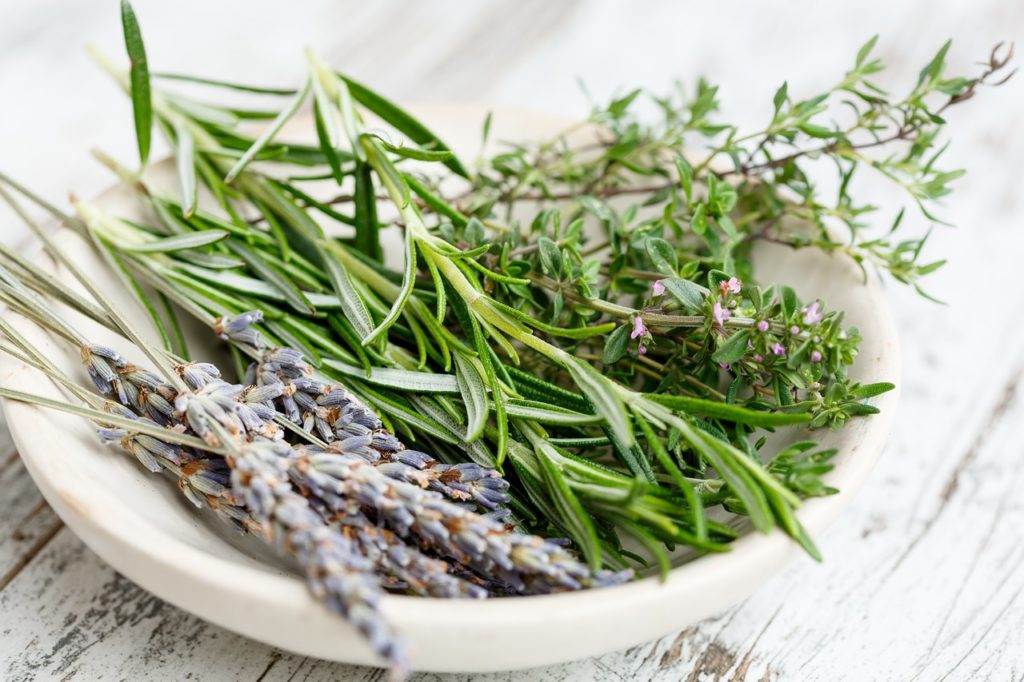
In California when I was a child, apricots were split in half, the pits removed, and sun dried on wooden trays after being held in smoking chambers and smoked with sulfer smoke to preserve them. This preservation was done by the individual apricot farmers.
Also, the old apricot variety with the flavor is called Royal Blenheim. If you are wanting to plant your own tree look for that variety.
Do you know if apricots can be frozen with the pits in? (I accidentally did this last year.)
I don’t think it should be a problem it may make removing the stones later a little trickier.